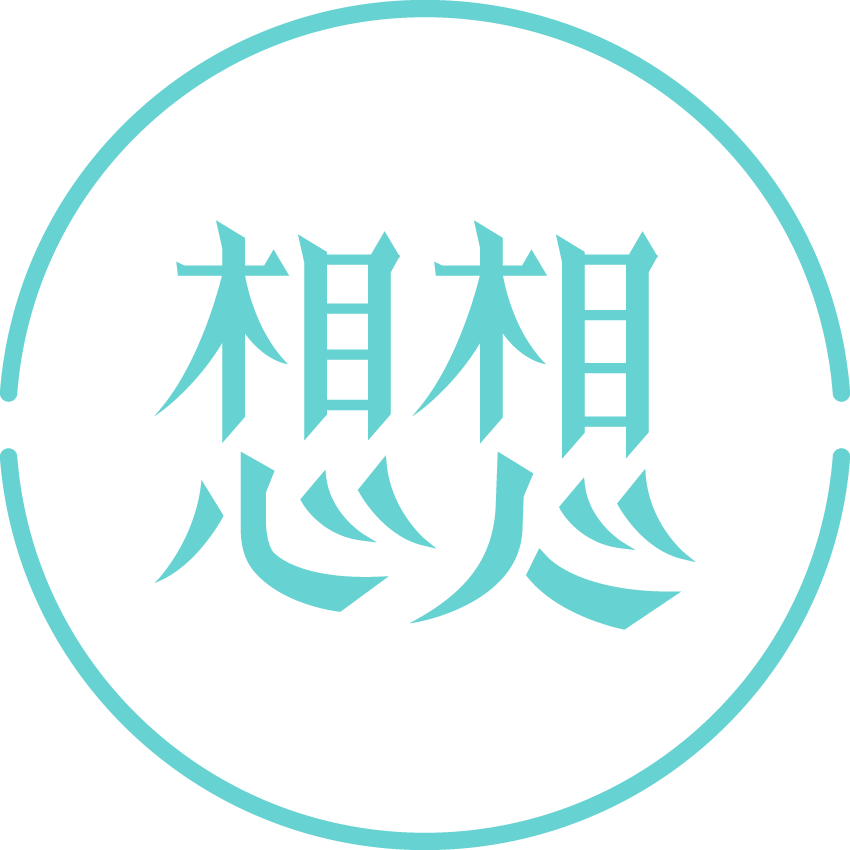Jiho Chang (張之豪) is a Keelung-based political and cultural commentator who enjoys blues and rock-n-roll.
Keelung, March 8, 1947.
Two major incidents in the early stages of the 228 Massacre of 1947, a pivotal event in Taiwan’s history, stand out for their significance to future developments on the island. The first was the mass protest of February 27 at Twatiutia (大稻埕), an area of Taipei, against a raid targeting contraband cigarette vendors. The second, less well-known event was the onset 10 days later of mass killings in Keelung by Chinese soldiers following their landing in Taiwan.

The Memorial Statue of the 228 Massacre in Taipei (source: Wikipedia Commons)
Amid an escalating nationwide revolt against government misrule, the Chinese Nationalist Party (KMT) regime chose Keelung to launch its bloody crackdown. The large-scale killings by KMT troops in that area were especially violent. According to unofficial observations, the residents of Keelung were so intimidated by the soldiers’ ruthlessness and brutality that they saw no alternative but to submit to the party-state authoritarianism, and did not dare to express any discontent thereafter.
Chiang Kai-shek (蔣介石), who was still in China, agreed to dispatch the Army’s 21st Division following a request for reinforcements by Chen Yi (陳儀), the Taiwan Provincial Administrative Executive Officer, to deal with the protests. The soldiers didn’t even wait to disembark before they began shooting; as the ships approached No. 2 and No. 3 harbors in western Keelung, the troops fired their guns indiscriminately at various targets along the coast.
Immediately after disembarking, the troops readied themselves for battle before pushing into downtown Keelung. The men whom the soldiers encountered were lined up, bound to one another with barbed wire through the palms of their hands, and summarily shot. The bounded victims were then dumped into the river. Those who did not die from the gunshot wounds eventually drowned, dragged to the bottom by the corpses.
Throughout March 1947, male resident of Keeling had no choice but to keep off the streets. Those who were caught by the soldiers were taken away and never seen again. Some hid in attics and warehouses for as long as six months, while others took to the mountains or went underground at air-raid shelters near Badu (八堵) and Nuannuan (暖暖), where they stayed for more than a year. Every week, their parents braved the sentries and brought food and clean clothes to those in hiding. Adults looked after other people’s children as if they were their own.
As the massacre continued, rivers across Keelung, such as Tienliao River (田寮河) and Hsuchuan River (旭川河), as well as the waters off Keelung Harbor, were filled with bodies. After a few days, the corpses became swollen and decomposed; the residents didn’t dare to go out to collect them.
Several years later, an elderly man from Keelung had his first dumplings at the residence of a Mainlander friend in Taiwan. While eating, the elder, who had witnessed the scenes of floating corpses at the port, was suddenly hit by a grotesque image. “What I’d seen in Keelung was just like dumplings rising to the surface of boiling water.”
Very early on, the residents of Keelung had learned a very important lesson: Under no circumstances should they ever oppose the merciless government that now ruled their country. Mass killings also occurred at train stations in Badu and Sijhih (汐止), where people who were attempting to flee the bloodbath were cut down. There too, the KMT troops taught local residents that resistance would result in the harshest punishment — death.
But was this the lesson that everybody learned from the 228 Massacre? Were all witnesses cowed into submission, resigned to an inevitable fate?
Not so — at least not to one man from Keelung.
His name was Chen Ching-long (陳金龍).
As a scientist, Chen had done research on malaria in Japan at a time when Taiwan was still under Japanese colonial rule. Before the end of World War II, Chen had returned to Taiwan to continue his work. In the following years, Chen put his expertise in disease prevention and public health to good use, traveling across Taiwan to collect samples for virus analysis and to help with vaccination, particularly in parts of northern Taiwan near Keelung.
Soon after the unrest at Twatiutia, Chen was back in Keelung to collect samples. The badge identifying him as a disease prevention expert allowed him to travel freely in and out controlled areas, where KMT troops had erected extensive defensive lines following the declaration of a state of emergency. By then, the entire northeast coast of Taiwan was a large graveyard, with dead bodies lying along the streets, on mountain roads, or floating in the rivers.
Rather than terrify him, the sight filled Chen’s heart with courage. There and then, he decided that he would rise against injustice. He would fight. The government had treated his people like bandits would. Such a repressive administration, he decided, must be overthrown. The abject violence that the regime had unleashed on the population made it clear that dialogue and negotiations would be insufficient.
Chen began to search for young Taiwanese with prior military experience. People who had trained at the Whampoa Military Academy (黃埔軍校, also known as the Nationalist Party of China Army Officer Academy) in China, or who had undergone training in the Japanese army, were ideal recruits. Taiwanese who had enrolled in the 22nd class of the Whampoa Academy were among the people contacted by Chen.
Little by little, the fledging insurgents amassed materials to make explosives, in a manner similar to what Mona Rudo (莫那魯道) did in the hit movie Seediq Bale (賽德克巴萊). Chen’s priority was to demolish a garrison at Badu. Unfortunately, his plans were leaked, leading to his arrest. Thanks to lobbying from family members in Keelung and social elites in Banqiao, Chen was released on bail.
Similar scenarios were repeated elsewhere. Around the same time, Su-beng (史明), an activist who had recently fled back to Taiwan from northern China, was secretly stashing guns near the Shilin (士林) residence of Generalissimo Chiang Kai-shek, who by then had fled to Taiwan following the KMT’s defeat in the Civil War. Su, whose views on what needed to be done about the regime were similar to Chen’s, was planning to assassinate Chiang. However, his plot was also exposed, and activists in Su’s circle were forced to disperse.
Despite his abortive plan, Chen never gave up. For years afterwards, he continued to travel extensively and to build his network of activists. He believed that as long as he remained in contact with like-minded Taiwanese officers in the KMT army, a coup against the party-state remained possible.
In 1956, Chen succeeded in recruiting a group of Taiwanese military officers to form a resistance organization. The participants included Yang Chin-hu (楊金虎), a social elite from Kaohsiung who like the future non-KMT Keelung mayor Lin Fan-wang (林番王) was a member of the Democratic Socialist Party.
Chen’s group continued to expand. The Taiwanese alumni from the 22nd class at Whampoa included Cpt. Wu Chong-ling (吳鍾靈), an intelligence officer, as well as Huang Shen-chu (黃深柱), a former Presidential Office security officer. Chen also invited Chen Yu-ching (陳毓卿), a well-known thinker and writer, to outline the framework for the “Taiwan Independence Revolution Committee” (臺灣獨立革命委員會), proclaiming “resistance against the Nationalist Party, resistance against the Communist Party, and advocacy for Taiwan independence (反國民黨、反共產黨、台灣獨立).”
Unfortunately, the movement, which had grown to include dozens of activists, was infiltrated by secret KMT informers, and was exposed in 1958 before an armed revolution could be launched. As one of the group’s leaders, Chen was imprisoned, along with Wu Chong-ling (吳鍾靈), Huang Shen-chu (黃深柱) and Lin tsai-sow (林再受).

Verdict of Chen Ching-long (陳儀深) (source: Chen Yi-shen, Institute of Modern History, Academia Sinica)
While in jail, Chen was subjected to severe torture and beatings. Needles were driven under his fingernails and toenails. The KMT wanted two things from him: the name of every insurgent, and their plan. Chen and the three other inmates never gave in and refused to disclose any information. Their bravery ensured the security of their comrades, but earned each one of them ten years in prison.
After his release a decade later, Chen, an atheist, began making offerings with incense in memory of the activists who had joined his resistance movement.
This is Chen Ching-long, a man who had the wisdom to know right from wrong, and who had the courage to fight for what he believed in.
People close to Chen paid the price for his beliefs and stigma as a political prisoner. Facing discrimination, his well-to-do family encountered financial difficulties. To deal with the situation, Chen’s wife reinvented herself as a tailor and noodle hawker, while his young children helped support the family by delivering goods and running errands of all kinds. Despite the hardships, Chen’s family members never complained about their fate. “Inevitably, a group of people has to sacrifice and suffer to contribute to democracy, in a country that pursues democracy. It just happened that we were born in this family,” they said.
In 2000, when the KMT regime lost power in the presidential election, remnants of the party-state vented out their frustration by throwing Molotov cocktails at a clinic run by Chen’s son-in-law.
The Chen family once again responded with unwavering moral integrity.
In Keelung, which is also known as “Rainy Harbor,” some people chose docility in the face of repression, a common tradeoff for the sake of personal security. Others, however, remained unafraid of being different and rebellious. For them, frustration only stimulated more courage, and their will to fight grew stronger when repression from the oppressor escalated.
To some, the 228 Massacre is little more than a story filled with melancholy and sadness, a tragedy of submissiveness to and subornation by the oppressor. For others, it is an example of active resistance against tyranny, whatever its form.
中文版:

